- This kind of painting on canvas belongs to a production traditionally called "painted tapestries" or "grass juice". By this name, we meant paintings imitating tapestries and made with colors of vegetable origin, with water and without any preparation, on textile fabrics of linen or silk.
- This fashion introduced in Italy, probably by France through the intermediary of painters cartonniers (authors of models for tapestries), spread from the second half of the 17th century in Italy. This technique of "grass juice was born as an alternative to tapestry because it was much less expensive and faster to make.
-These canvases were very successful, especially for theater decoration and with churches which encouraged a large production of narrative paintings with religious themes like the one we see here. Like tapestries, these painted canvases could function as a series of several pieces to form a hanging and be designed to fit specific religious architecture. Due to its iconography, this canvas was very probably exhibited in a religious building on the occasion of religious ceremonies. Flexible, light, resistant, this type of easily handled canvas offered the possibility of a very practical ephemeral decoration (suspended to be exhibited then rolled or folded to be stored).
- Ephemeral in essence, of modest cost compared to other more precious works of art (tapestries, paintings), they have not benefited from any systematic conservation measures. This explains their rarity since a large part of the production of these paintings has now disappeared.
-The canvas is lined. Presented as is, tears and moisture stains are to be noted.


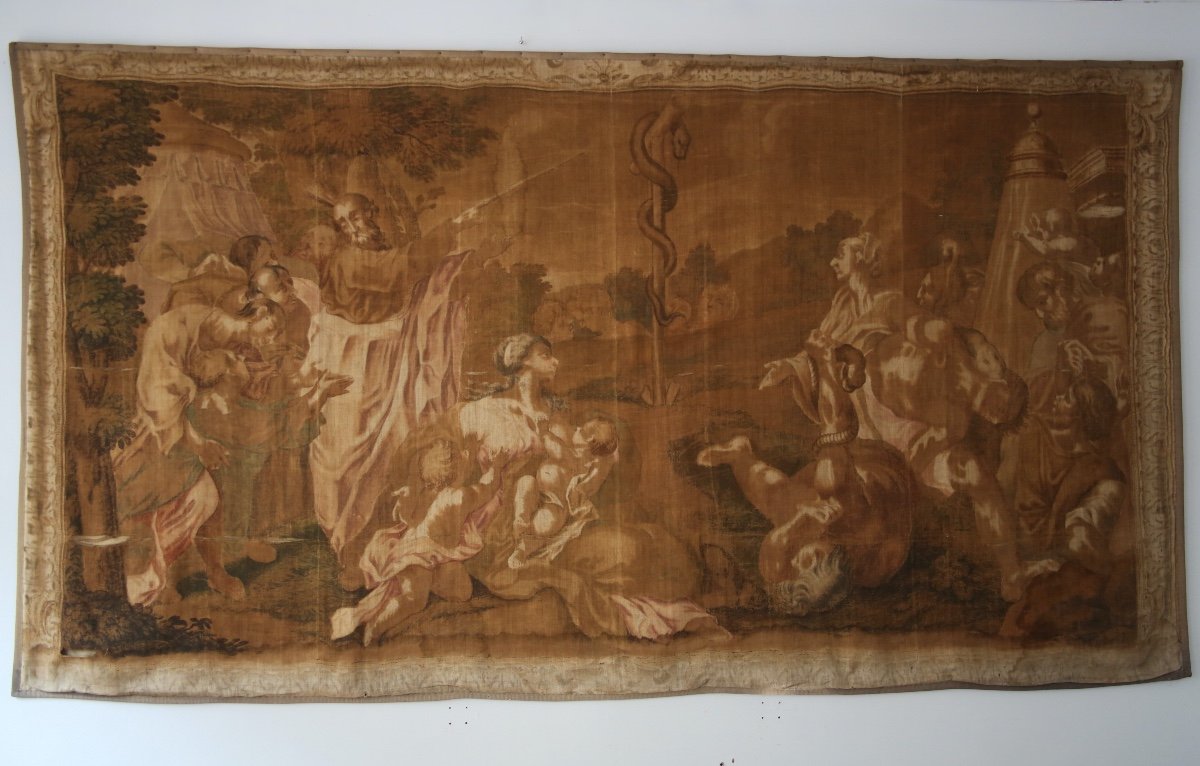

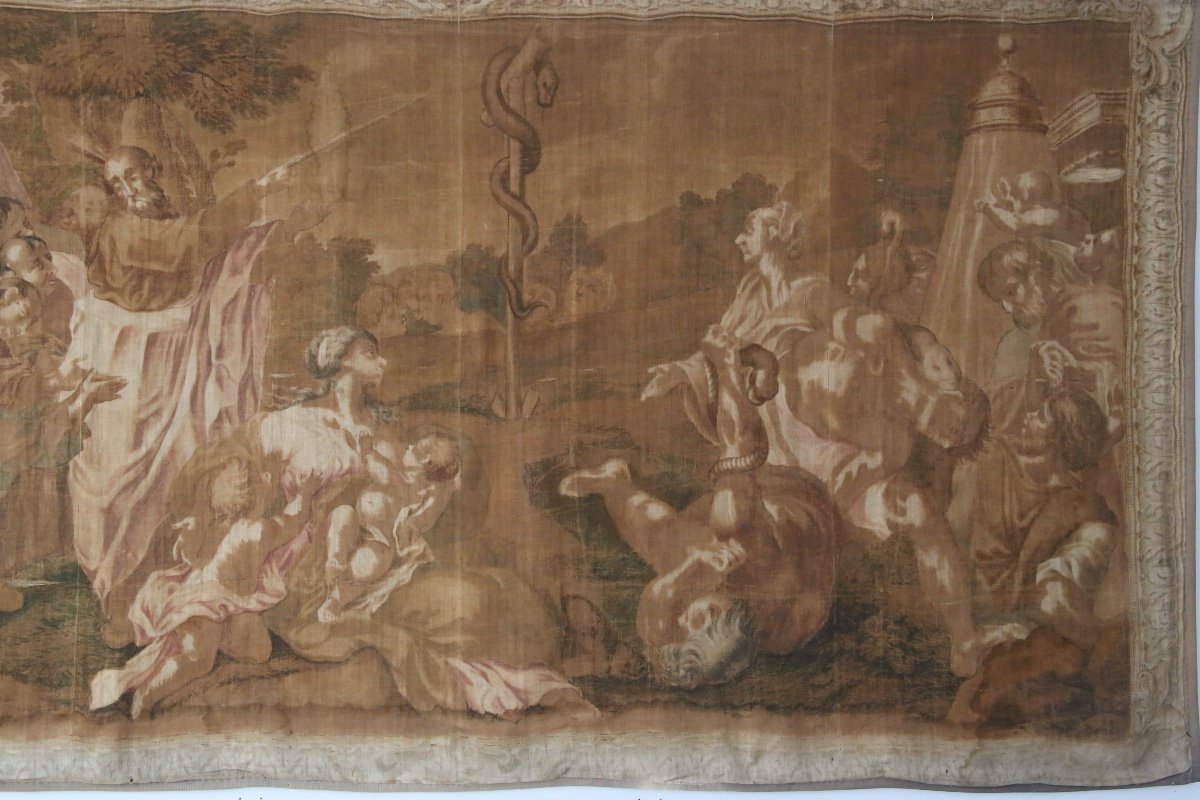

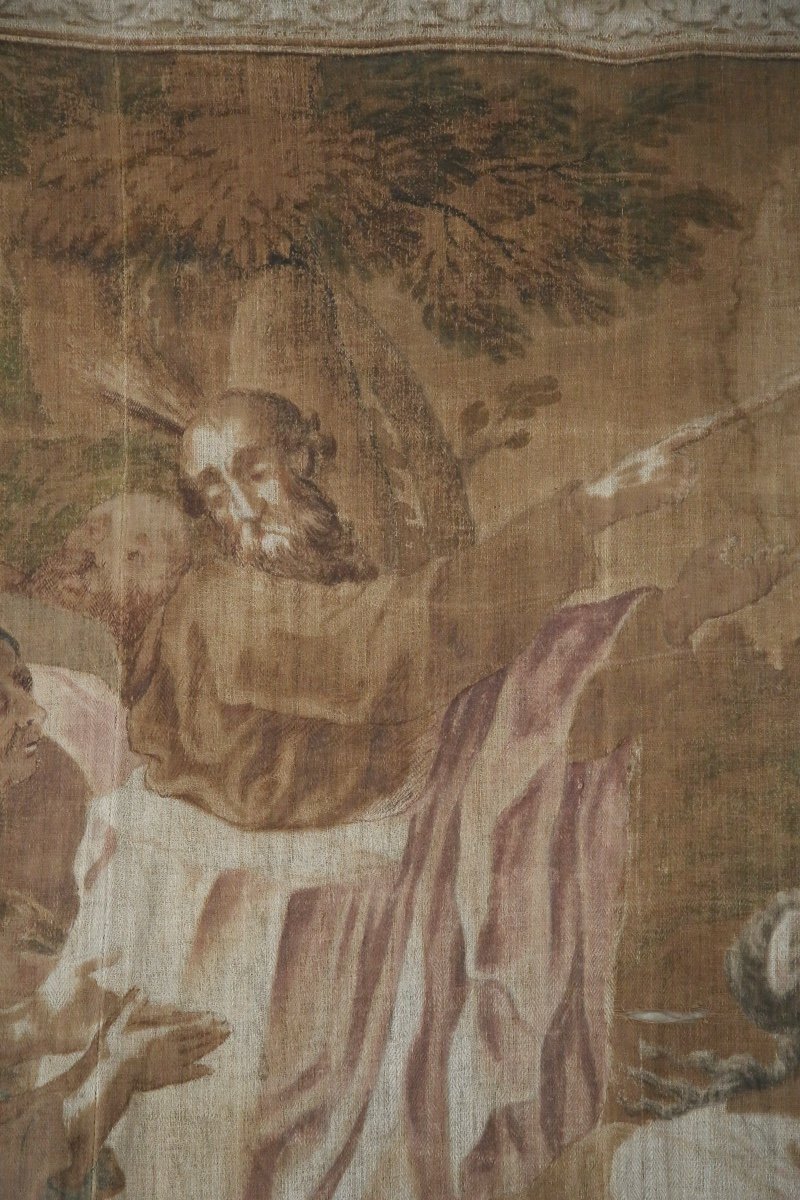
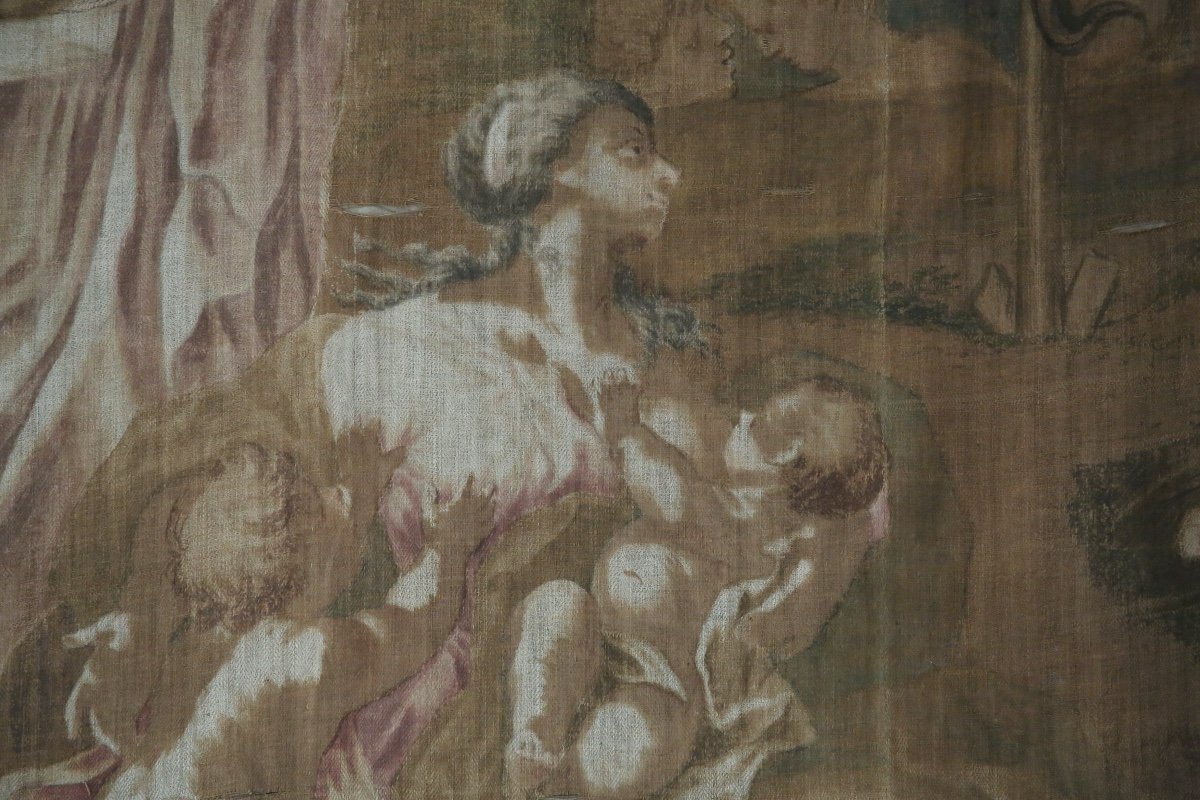




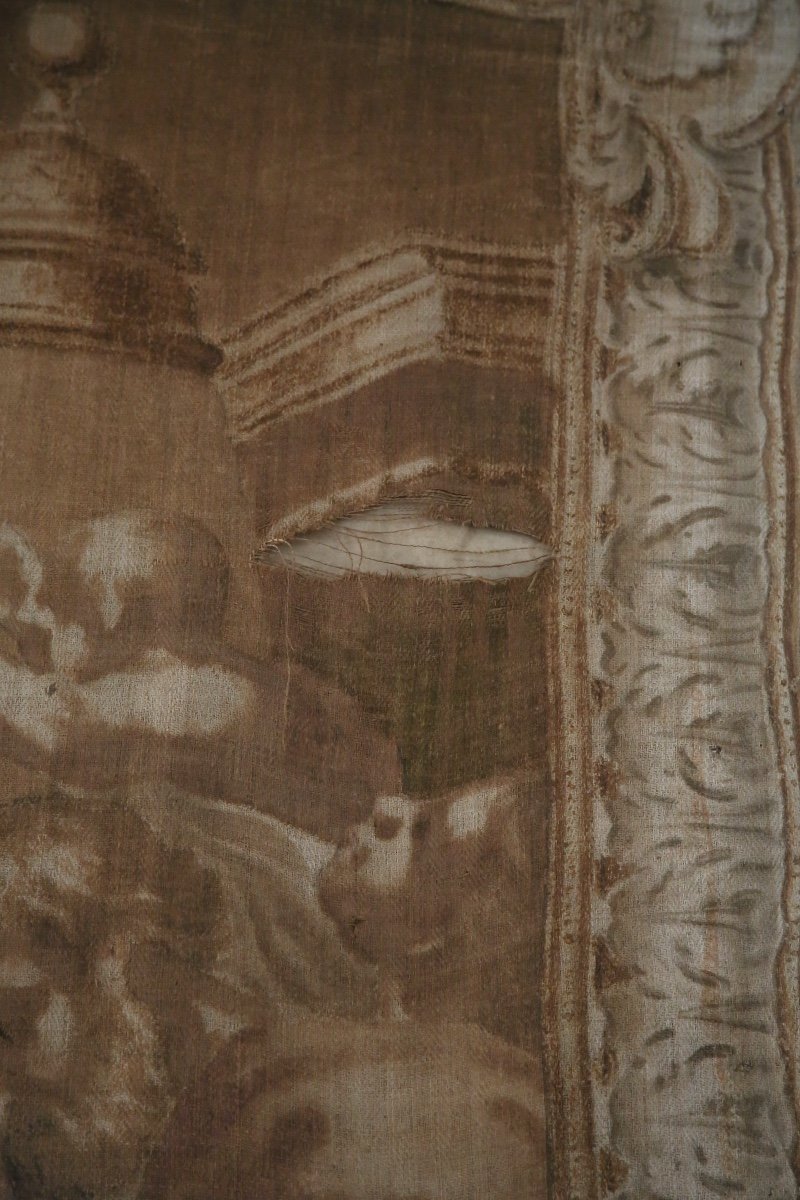
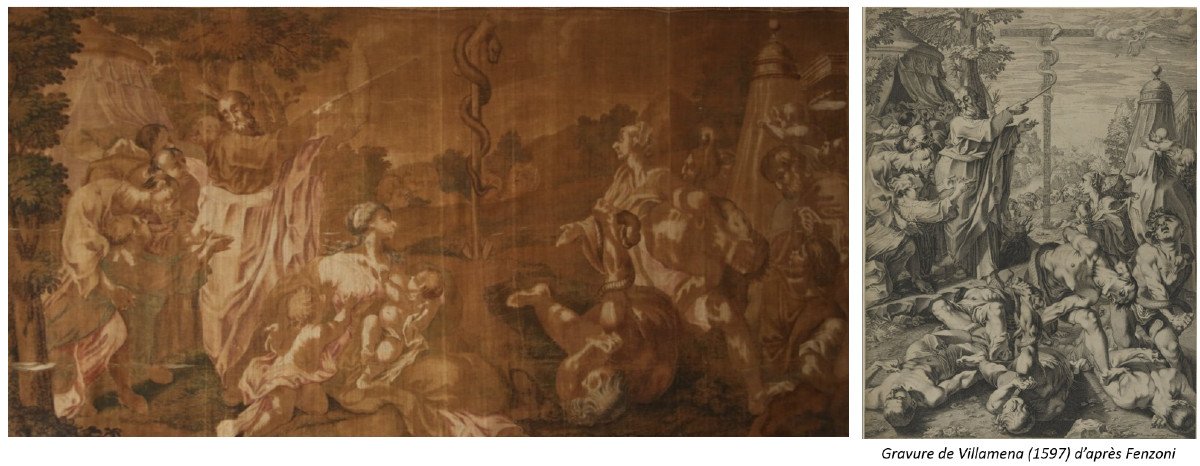














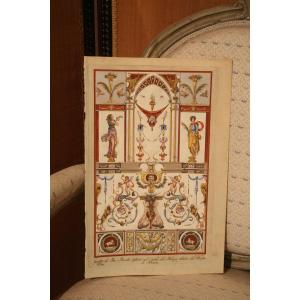



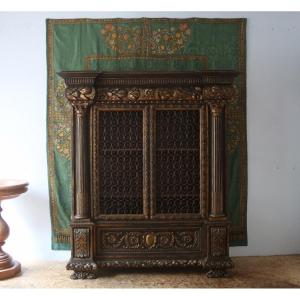

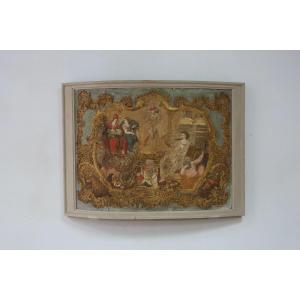




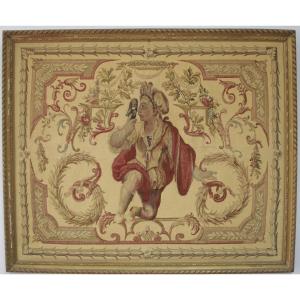


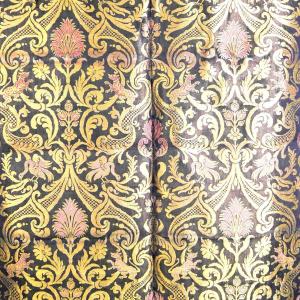
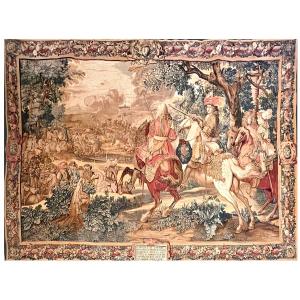

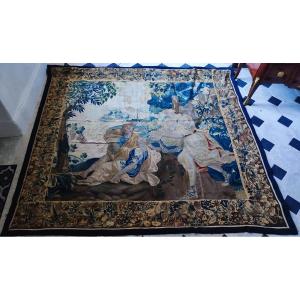
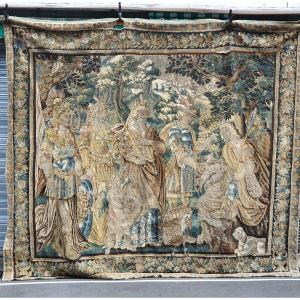



 Le Magazine de PROANTIC
Le Magazine de PROANTIC TRÉSORS Magazine
TRÉSORS Magazine Rivista Artiquariato
Rivista Artiquariato